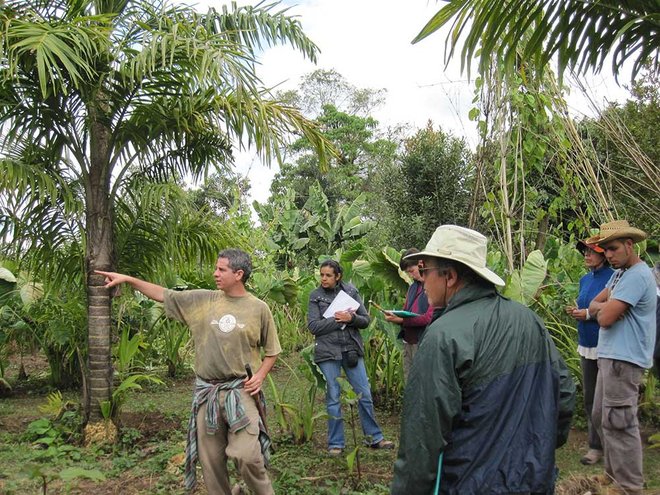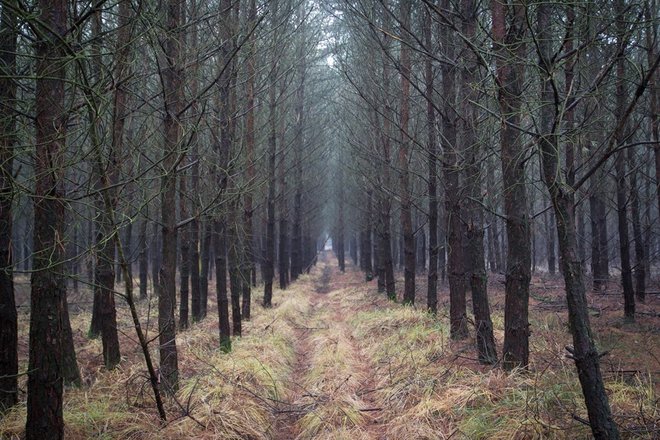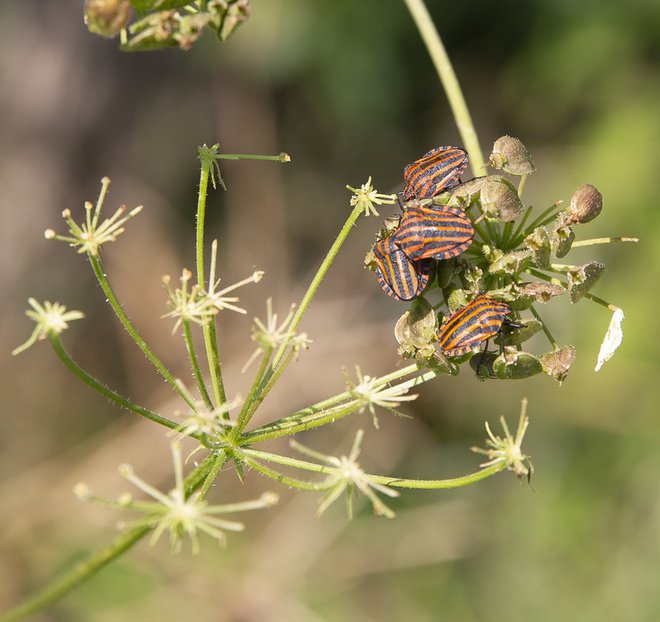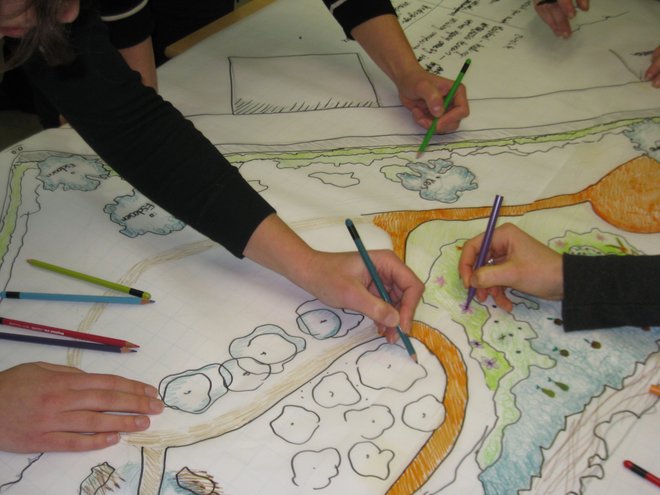Food forestry
All you would like to know about food forestry
What is a food forest?
Food forests are popular in the Netherlands. Small and large-scale food forests are being planted in all provinces by....
Read more...Business models
The story about the costs and benefits of a food forest sounds almost too good to be true, especially when these costs and benefits....
Lees verder...Non-native species
Among nature lovers, tempers can sometimes run high when it comes to native and non-native species in relation to wildlife management...
Read more...




